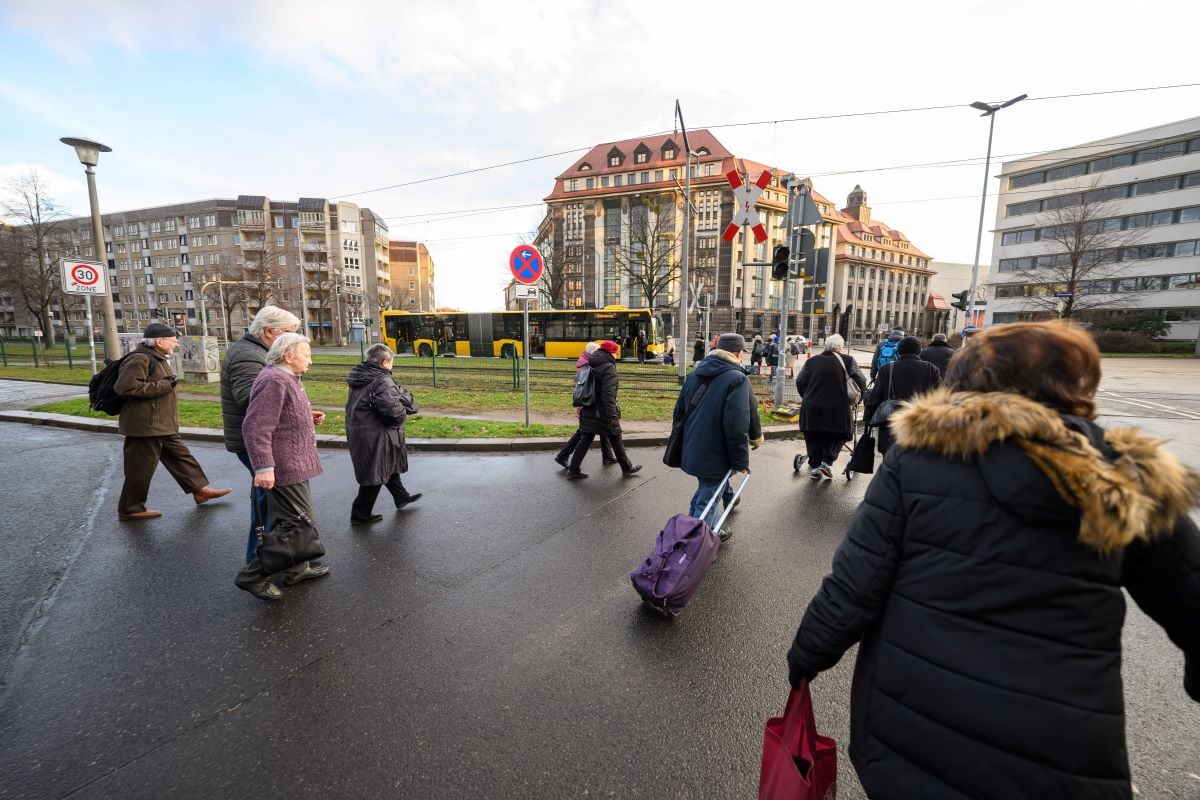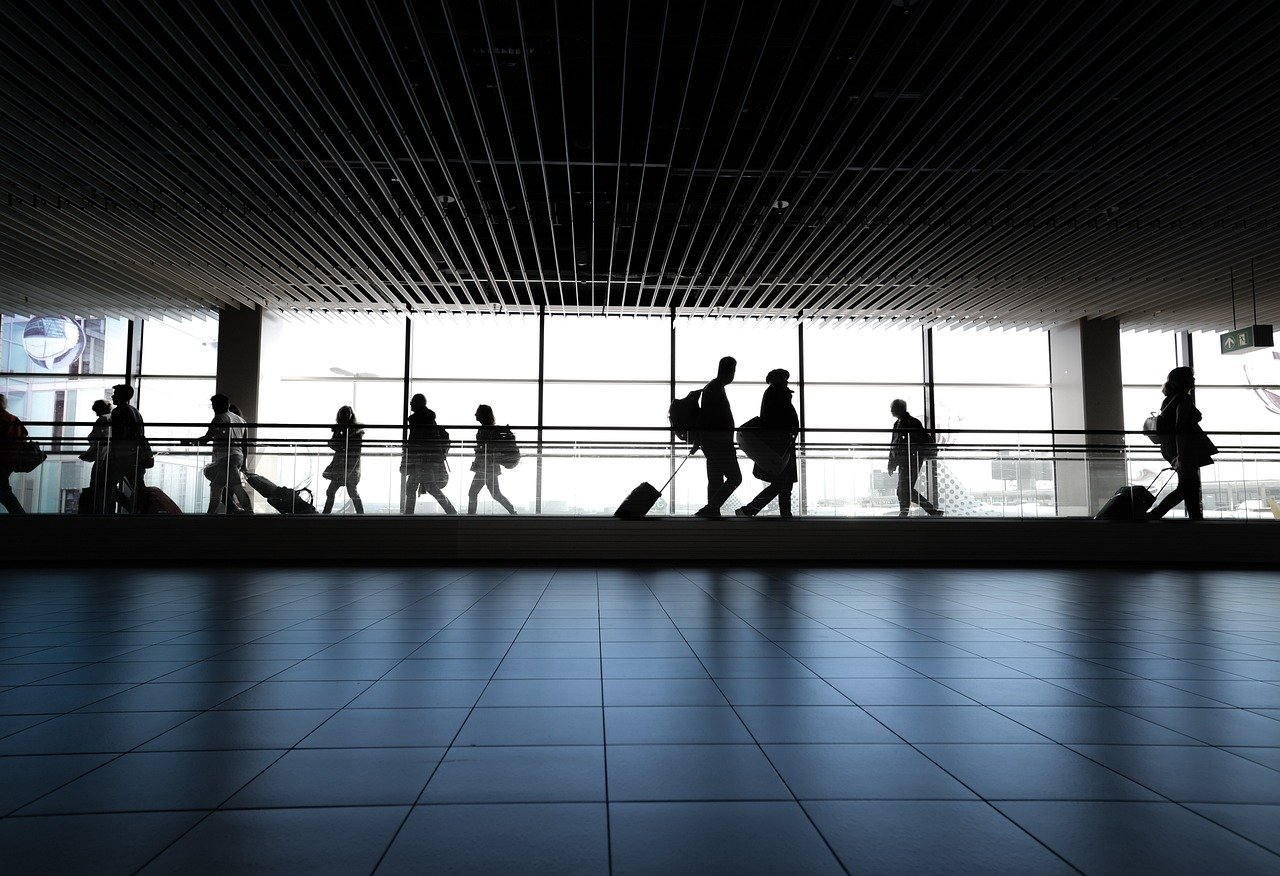ON THE BORDER OF THE KHERSON REGION, Ukraine — The road to Russian-occupied Kherson in southern Ukraine passes through a no-man’s land of charred wheat fields and cratered villages. The tails of rockets stick out of asphalt and the boom of incoming and outgoing artillery ricochets off tidy abandoned homes.
Along a jagged frontline, Ukrainian forces are preparing for one of the most ambitious and significant military actions of the war: retaking Kherson. The first city to fall to Russian forces, Kherson and the fertile lands that surround it are a key Russian beachhead, from which its military continuously launches attacks across a broad swath of Ukrainian territory. Regaining control could also help restore momentum to Ukraine, and give its troops a much-needed morale boost, after months of vicious fighting.
“We want to liberate our territory and return it all to our control,” said Senior Lt. Sergei Savchenko, whose unit with Ukraine’s 28th Brigade is dug in along the Kherson Region’s western border. “We’re ready. We have wanted this for a long time.”
Already, fighting on the western and northern borders of the region is intensifying, as Ukrainian forces — currently about 30 miles from the city at their closest point — lay the groundwork for a large offensive push. For a month, Ukrainian artillery and rocket forces have been softening up Russian positions using an array of new, Western-supplied weapons like the High Mobility Artillery Rocket Systems, or HIMARS, provided by the United States.
The strikes, some captured on video, have taken out forward command centers and key ammunition depots, which erupt in glittery fireballs when struck, Ukrainian officials say. They claim that hundreds of Russian troops have been killed and that the attacks have disrupted Russia’s logistical infrastructure. Supply warehouses and command positions have been pushed back from the front lines, they say, making it harder for Russia to keep its soldiers armed and fed. (Their claims cannot all be independently verified.)
“You could compare it to waves,” said a senior Ukrainian military official who spoke on the condition of anonymity to discuss military planning. “Right now we’re making small waves and creating conditions to make bigger ones.”
Unlike in Ukraine’s eastern Donbas region, where a massive Russian force continues to gobble up territory, in the Kherson Region, the Ukrainian military appears to have begun to turn the tide, if haltingly. After losing control over most of the region in the war’s first weeks, Ukrainian troops have now liberated 44 towns and villages along the border regions, about 15 percent of the territory, according to the Kherson Region military governor, Dmytro Butrii.
Ukraine’s top officials have given no clear timeline for retaking Kherson, but President Volodymyr Zelensky has made clear it is a top priority.
“Our forces are moving into the region step by step,” Mr. Zelensky said this week.
A Ukrainian counteroffensive in the south has stirred debate among Western officials and some analysts about whether Ukraine was ready for such a big effort, or if it is the best use of resources when the Russian advances have come mostly in the Donbas.
Still, Ukrainian officials, and several Western intelligence officials, said it was important that Ukraine try to launch a counterattack. They say that the Russian military is in a relatively weaker position, having expended weapons and personnel in its Donbas offensive. Richard Moore, the chief of the British foreign intelligence service, MI6, predicted that the Russians would be forced to take a pause, offering an opening to Ukrainian forces.
Any effort to retake significant territory would nevertheless be a huge undertaking. Russian forces have now occupied the Kherson region for nearly five months and have been largely unmolested in their efforts to harden military positions and prepare for an assault. They have installed new leaders in the city itself as well as in major towns and villages.
In preparation for a possible referendum on uniting with Russia, the Kremlin-installed military administration in Kherson announced this month that it was creating a central elections commission.
Retaking Kherson would require an enormous number of troops and many more offensive weapons systems than Ukraine has available at the moment, both Western and Ukrainian officials say.
The Kherson Region is largely rural, but the city of Kherson is a sprawling metropolis straddling the Dnipro River. Taking it back from Russian forces could involve vicious urban fighting with enormous losses in soldiers and property.
“We look at Kherson like it’s the next Falluja,” said Michael Maldonado, a 34-year-old former United States Marine from Kansas, who has joined the 28th Brigade. “It’s going to be a lot of crazy fighting.”
The Ukrainian army will also have to consider the large civilian population. The city has lost about a third of its prewar population of about 300,000, though an all-out assault that involves shelling could put civilian lives at great risk, something Ukrainian officials seem to be conscious of.
Marc Santora, Julian E. Barnes and Eric Schmitt contributed reporting.




















Discussion about this post